Welcome to the Active Wild Online Zoo, a virtual zoo for kids (& adults). Discover amazing animals from all over the world... without leaving your home!
- View incredible animal pictures;
- Discover amazing animals from all over the world;
- Talk about each species with other animal fans in the comments section on every page;
- Share the incredible species you’ve discovered with your friends on social media – there are share buttons on every page!
- New animals added regularly – be sure to visit often to see the new arrivals!
- You can download FREE "Dingo Dan" printable worksheets for use with the Online Zoo from this page: Free Printable Worksheets.
- You can learn more about the animal kingdom on this page: Animals: The Ultimate Guide.
Online Zoo Page Index
Click on the pictures below to see a particular group of animals, or continue scrolling to browse all of the animals in the zoo.
Online Zoo: A Virtual Zoo For Animal Fans All Around The World
Click on the pictures to discover more about any of the animals in the virtual zoo; you'll find facts, pictures, information and videos!
Amphibians
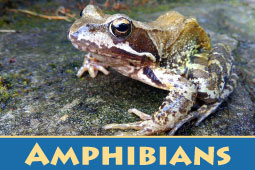
Amphibians are animals that begin their lives in the water before moving onto land when they mature.
In order for amphibians to make this change, their bodies undergo a transformation known as "metamorphosis".
During metamorphosis, amphibians switch from breathing with gills to breathing with lungs.
There are exceptions: some amphibians (for example the axolotl) never lose their gills and live their whole lives in the water.
Online Zoo Amphibian Links
You can discover more about amphibians on the following pages:
- Axolotl Facts
- Fire Salamander Facts
- Red-Eyed Tree Frog Facts
- Golden Poison Frog Facts
- You can find out more about amphibians on this page: Amphibians: The Ultimate Guide
- You can see more amazing amphibians on this page: Amphibian Species
- You can see a selection of books about amphibians on this page: Amphibian Books
Birds
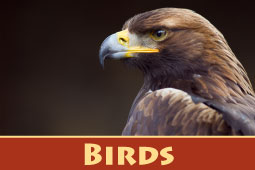
- You can download a free printable Online Zoo birds worksheet from this page: Free Printable Animal Worksheets
Birds are animals with wings and feathers; adaptations that allow most birds to fly.
Well-known birds that can't fly include ostriches, cassowaries and penguins.
Like reptiles, birds hatch from eggs. Scientists now believe that birds are the living descendants of dinosaurs.
Birds are found on every continent on Earth. The smallest bird is the bee hummingbird, the largest is the ostrich.
Online Zoo Bird Links
You can discover more about birds on the following pages:
- Adélie Penguin Facts
- African Grey Parrot Facts
- Common Ostrich Facts
- Emperor Penguin Facts
- Harpy Eagle Facts
- Cassowary Facts
- You can see more amazing bird species on this page: Bird Species Profiles
- You can download a free printable birds worksheet on this page: Worksheets
- You can find out more about birds on this page: Birds: The Ultimate Guide
Fish
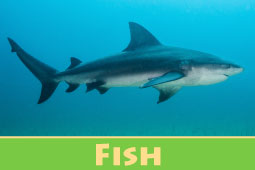
Fish are aquatic animals with organs called gills that allow them to breathe underwater.
Fish have fins to propel them through the water and are streamlined so that they can move using little energy.
Fish are found in freshwater and marine habitats.
There are two main types of fish: cartilaginous fish and bony fish.
The skeletons of cartilaginous fish are made of a substance called cartilage, which is more flexible than bone. Sharks, rays and skates are all examples of cartilaginous fish.
Bony fish such as cod and salmon have skeletons that are made of bone. There are more species of bony fish than any other type of vertebrate. (A vertebrate is an animal with a backbone).
Online Zoo Fish Links
You can discover more about fish on the following pages:
- Electric Eel Facts
- Great White Shark Facts
- Ocellaris clownfish Facts
- Tiger Shark Facts
- You can find out about other fish species on this page: Fish Species
Invertebrates

Invertebrates are animals that don't have a backbone.
Animals such as insects, crustaceans (e.g. crabs and lobsters), arachnids (e.g. spiders and mites), snails and worms are all invertebrates.
Although most invertebrates are small in size, they make up for this in numbers: over 95% of all animals are invertebrates!
Online Zoo Invertebrate Links
You can discover more about invertebrates on the following pages:
- Bullet Ant Facts
- Queen Alexandra's Birdwing Facts
- Redback Spider Facts
- Mexican Redknee Tarantula Facts
- You can discover more insect species here: Insect Species
- You can find out more about insects on this page: Insects Ultimate Guide
- You can find out more about crustaceans on this page: Crustaceans Ultimate Guide
- You can find out more about arachnids on this page: Arachnids Ultimate Guide
Mammals
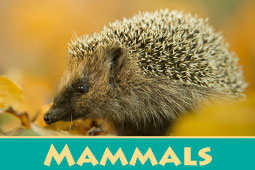
Mammals evolved from prehistoric, reptile-like animals around 195 million years ago.
Characteristics shared by all mammals include: being warm-blooded; feeding their young with milk; and having hair.
Most mammals (but not all, as we’ll discover with the monotremes) give birth to live young.
There are many different types of mammal. In this online zoo they have been separated into a number of groups. We start with the Carnivora...
- You can find out more about mammals on this page: Mammals: The Ultimate Guide
- You can see a selection of books on mammals on this page: Mammal Books
Carnivora
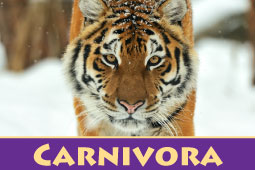
- Download a free printable Carnivora worksheet here.
Members of the order Carnivora* are mammals that all stem from a common, meat-eating ancestor. Members of the Carnivora order are called Carnivorans.
All carnivorans have a certain type of tooth, which evolved to cut through meat.
* An order is a group of related animals that can contain many different animal families and species. You can learn more about terms such as "family", "order" and "species" on this page: Animal Classification
Carnivorans are also known as ‘carnivores’, but this word can also apply to any meat-eating animal. Remember, not all carnivores (meat-eaters) are carnivorans (members of the carnivore order)!
Carnivora is split into two smaller groups, or suborders: feliforms and caniforms.
Feliforms are 'cat-like' carnivorans. As well as cats, this group includes animals such as hyenas and mongooses.
Caniforms are 'dog-like' carnivorans. This group includes dogs, and animals such as bears and seals.
Bears
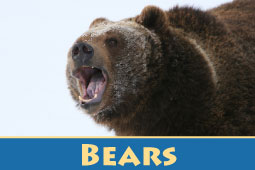
Bears are large, powerful animals that are found in a variety of habitats in the Americas, Europe and Asia.
Most bears are omnivores, eating anything from nuts and berries to meat.
The polar bear is the only bear that is almost entirely carnivorous. By contrast, the giant panda is almost entirely herbivorous.
Online Zoo Bear Links
You can discover more about bears on the following pages:
- Giant Panda Facts
- Grizzly Bear Facts
- Polar Bear Facts
- You can find out more about bears on this page: Bears: The Ultimate Guide
Cats
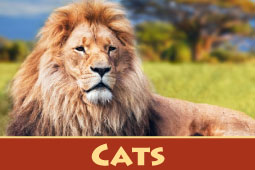
Cats belong to the family Felidae. Expert predators, cats are fast and agile, with excellent senses of sight and hearing.
All cats are almost entirely carnivorous and most of the "big cats" sit at the very top of the food chain wherever they are found.
Online Zoo Cat Links
You can discover more about cats on the following pages:
- Cheetah Facts
- Clouded Leopard Facts
- Jaguar Facts
- Leopard Facts
- Lion Facts
- Tiger Facts
- You can see a list of every cat species on this page: Wild Cat Species List with Pictures & Facts
- You can find out more about big cats on this page: What Is A Big Cat?
Dogs
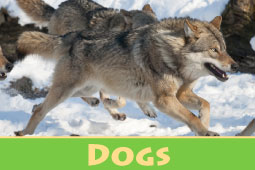
Members of the dog family Canidae, which includes wolves, foxes and jackals, are found on every continent except Antarctica.
Highly intelligent, with acute senses of smell and hearing, dogs are capable predators. Some, such as wolves, live in packs, hunting as a team to capture prey animals much larger than themselves.
Online Zoo Dog Links
You can discover more about dogs on the following pages:
- African Wild Dog Facts
- Coyote Facts
- Eurasian Wolf Facts
- You can see a list of EVERY wild dog species on this page: Wild Dog Species List with Pictures & Facts
Pinnipeds
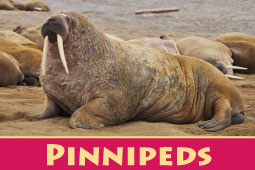
Pinnipeds are mammals that have special adaptations for a semi-aquatic lifestyle.
With flippers for limbs and streamlined bodies, these ocean predators are skilled swimmers. However, they are slow and clumsy on land.
Online Zoo Pinniped Links
You can discover more about pinnipeds on the following pages:
- Leopard Seal Facts
- Southern Elephant Seal Facts
- Walrus Facts
- You can see a list of seals that live in the Arctic on this page: Arctic Seals
- You can see a list of seals that live in Antarctica on this page: Antarctic Seals
Cetacea: Whales, Dolphins & Porpoises
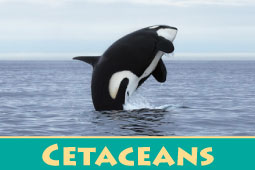
The cetaceans are a group of aquatic mammals that live their whole lives in the water.
Although fish-like in appearance, cetaceans are warm-blooded, give birth to live young, and breathe air - all characteristics of mammals.
Cetaceans evolved from even-toed ungulates, a group of hooved mammals that also includes pigs and hippopotamuses.
Online Zoo Cetacean Links
You can discover more about cetaceans on the following pages:
Ungulates (Hoofed Animals)
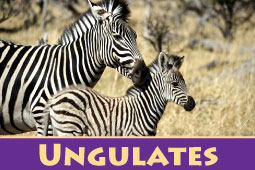
Ungulates are mammals that have hooves, and are therefore also known as ‘hoofed animals’.
There are two main types of ungulate: Even-toed ungulates and odd-toed ungulates.
Even-toed ungulates bear their weight on their third and fourth toes. This group contains animals such as pigs, hippopotamuses and deer. This group also contains the cetaceans, but these animals have evolved flippers instead of feet.
Odd-toed ungulates bear their weight on their third toes, or have an odd number of toes. Animals in this group include horses, tapirs and rhinoceroses.
Other types of ungulate include the aardvarks (Tubulidentata), and the dugongs and manatees (Sirenia).
Online Zoo Ungulate Links
You can discover more about ungulates on the following pages:
Elephants
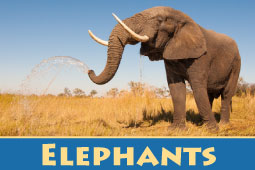
Elephants are large, powerful mammals with trunks, tusks, and thick grey skin.
The African bush elephant is the largest land animal in the world.
Until recently, scientists used to think that there were two species of elephant: the African elephant and the Asian elephant.
Today, the African elephant has been separated into two species: the African bush elephant and the African forest elephant, taking the total number of elephant species to three.
Online Zoo Elephant Links
You can discover more about elephants on the following pages:
Marsupials
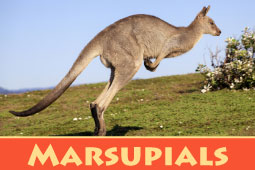
- Download a free printable Marsupials & Monotremes worksheet here.
Marsupials are also known as ‘pouched mammals’. When born, their young are undeveloped, and continue to grow in a special pouch in their mother’s body.
Most of the world’s marsupials live in Australia, although some are found in the Americas.
One of the best-known American marsupials is the Virginia Opossum.
Online Zoo Marsupial Links
You can discover more about marsupials on the following pages:
Monotremes
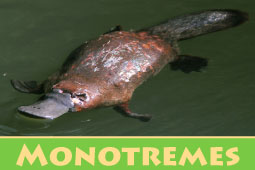
- Download a free printable Marsupials & Monotremes worksheet here.
Monotremes are possibly the strangest mammals in the online zoo!
What makes monotremes different to other mammals is that they lay eggs rather than giving birth.
There are only five species of monotreme: four echidnas and the platypus.
Online Zoo Monotreme Links
You can discover more about monotremes on the following pages:
Primates
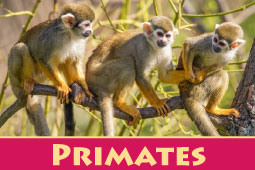
Primates is an order of mammals that includes monkeys, gibbons, lemurs, great apes, and related animals.
Primates have forward-facing eyes to judge distances, flexible limbs for climbing, and hands (and sometimes feet) that can hold onto objects.
These are all adaptations for living in trees; the ancestors of today's primates were tree-dwelling animals. Most primates still live in trees.
If you look in a mirror you’ll see a primate! Humans are members of the family Hominidae, a primate family also known as the "great apes".
Online Zoo Primate Links
You can discover more about primates on the following pages:
- Bonobo Facts
- Chimpanzee Facts
- Howler Monkey Facts
- Mountain Gorilla Facts
- Discover more about these amazing animals: Primates Ultimate Guide
- You can find out more about monkeys on this page: Monkeys Ultimate Guide
Rodents
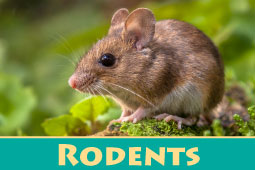
There are around 2,000 species of rodent. This huge group makes up around 40% of all mammals.
Most rodents are small animals with long tails. All have long incisor teeth that never stop growing. This allows the rodent to gnaw on tough plants with no danger of its teeth wearing down.
Online Zoo Rodent Links
You can discover more about rodents on the following pages:
- Capybara Facts
- North American Beaver Facts
- You can find out more about rodents on this page: Rodents Ultimate Guide
Reptiles
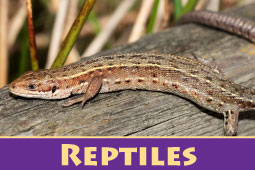
Reptiles belong to the order Reptilia. Most reptiles are cold-blooded, egg-laying animals. Some reptiles–most vipers, for example–give birth to live young, rather than laying eggs.
Reptiles are an ancient, and highly diverse, group of animals. Although crocodiles, snakes and sea turtles are all reptiles, all are very different from each other.
In fact, some reptiles are more closely-related to animals in other groups than they are to other reptiles. Crocodiles, for example, are more closely related to birds than they are to snakes.
During the Mesozoic Era, reptiles–in the shape of dinosaurs–were the dominant land animals.
After the Cretaceous–Paleogene Extinction Event that occurred around 66 million years ago, it was the turn of the mammals to become the dominant large land animals.
- You can download a free printable reptiles worksheet on this page.
- You can find out more about reptiles here: Reptiles Ultimate Guide
Crocodilians
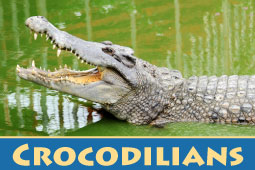
Crocodilia is a group of carnivorous reptiles that includes the crocodiles, alligators, caimans and gharials.
Crocodilians are more closely related to birds than they are to other reptiles such as lizards and snakes.
Both crocodiles and birds are descended from archosaurs, a group of reptiles that first appeared in the Triassic Period.
Online Zoo Crocodilian Links
You can discover more about crocodilians on the following pages:
- Caiman Facts
- Gharial Facts
- Nile Crocodile Facts
- Saltwater Crocodile Facts
- You can find out more about reptiles on this page: Reptiles Ultimate Guide
Sea Turtles
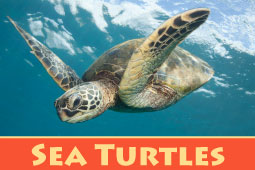
Sea turtles are reptiles that are adapted to a marine lifestyle. After hatching from eggs laid on the beach, they make their way to the sea.
Sea turtles travel thousands of miles during their lives, but always return to the same beaches to breed.
The females leave the water to lay their eggs, but the males, after hatching, will never set foot (or flipper) on dry land again.
Online Zoo Sea Turtle Links
You can discover more about sea turtles on the following pages:
- Leatherback Sea Turtle Facts
- Olive Ridley Sea Turtle Facts
- You can find out more about sea turtles on this page: Sea Turtles: The Ultimate Guide
Snakes
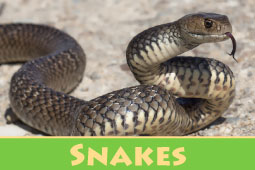
Snakes are reptiles with scales and long slender bodies. Snakes don’t have limbs and move by bending and flexing their bodies.
There are over 3,000 species of snake, the longest being the reticulated python; the heaviest the green anaconda.
Online Zoo Snake Links
You can discover more about snakes on the following pages:
- Boa Constrictor Facts
- Green Anaconda Facts
- You can find out more about snakes on this page: Snake Facts
- You can find out about the different types of snake on this page: Types of Snakes
Active Wild Online Zoo
We hope that you've enjoyed your visit to the online zoo. Be sure to tell your friends, and share on social media using the share buttons at the top of the page!
You can learn more about the animal kingdom here: Animals: The Ultimate Guide.

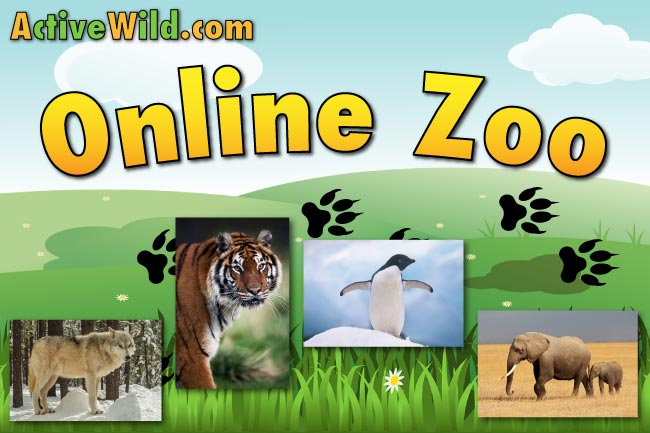
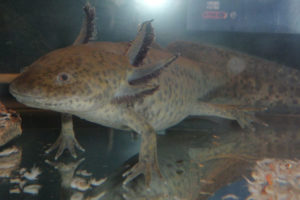
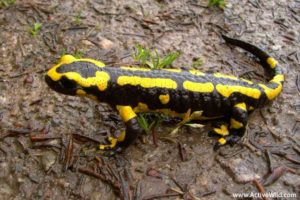
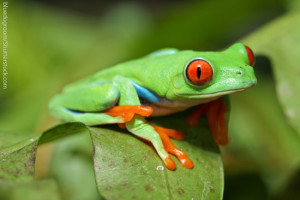
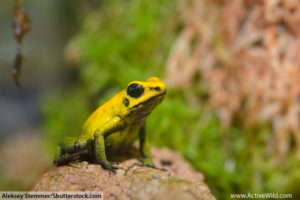
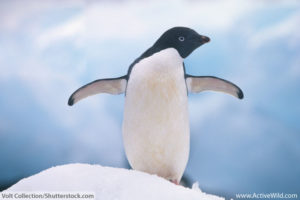
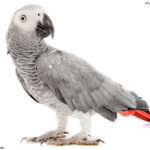
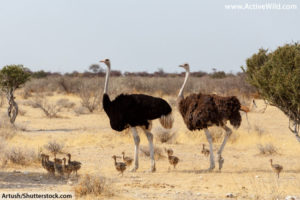
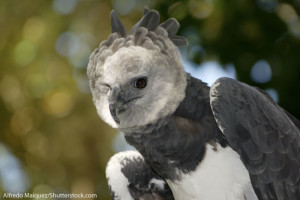
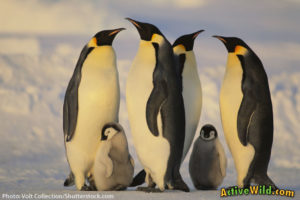
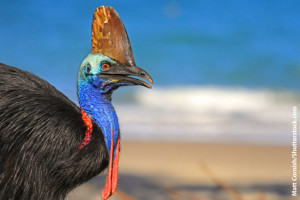
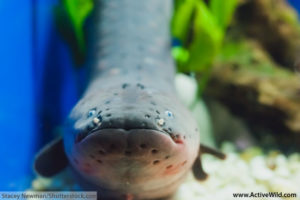
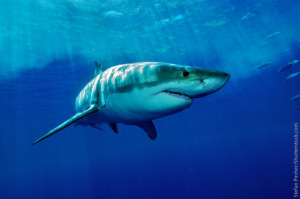
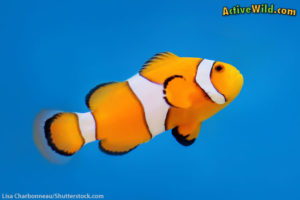
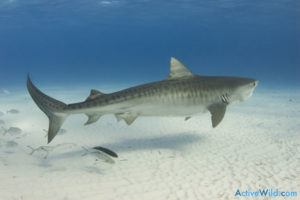
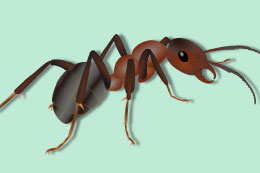
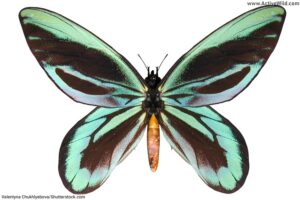
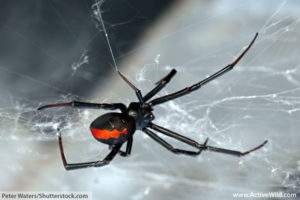
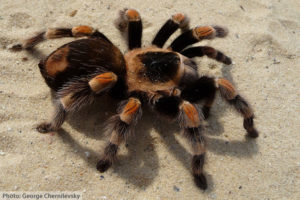
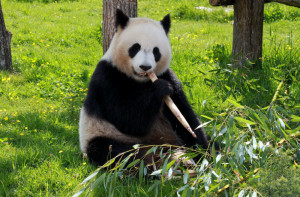
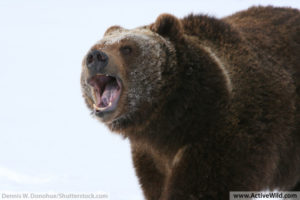
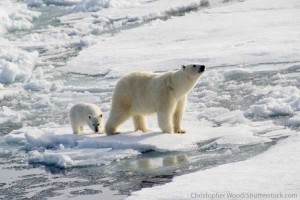
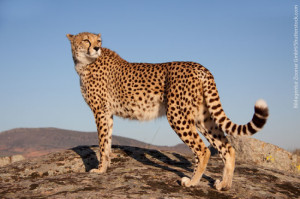
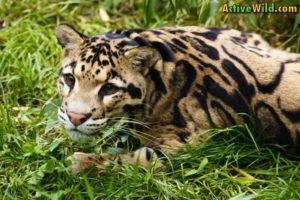
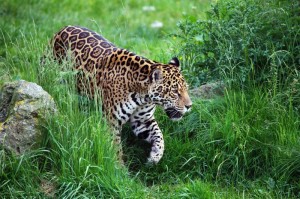
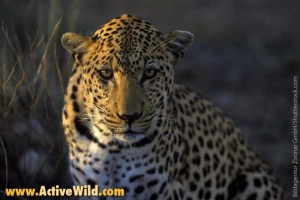
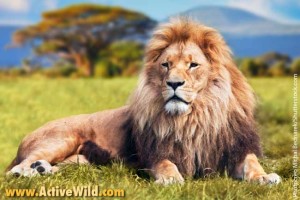
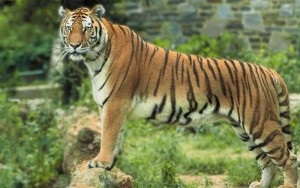
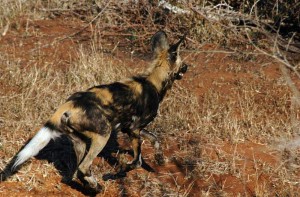
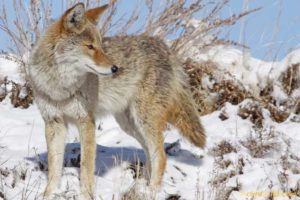
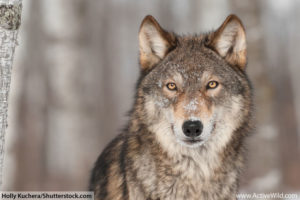
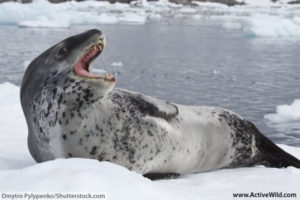
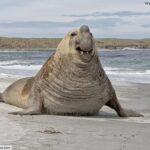
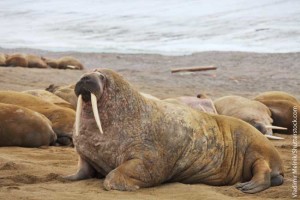
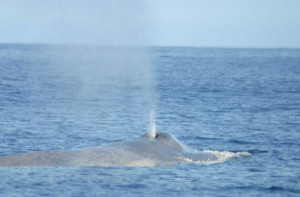
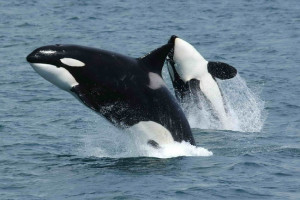
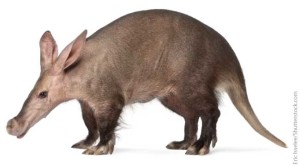
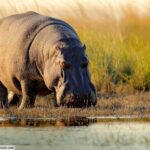
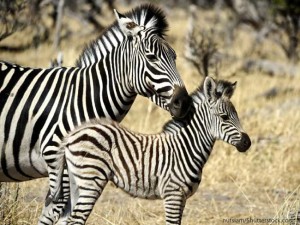
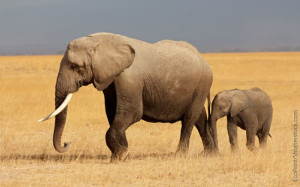
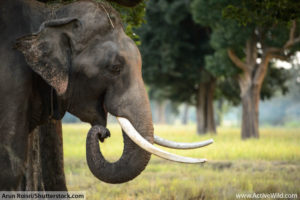
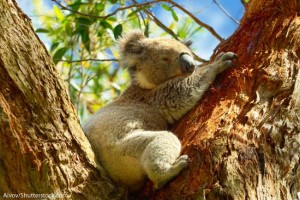
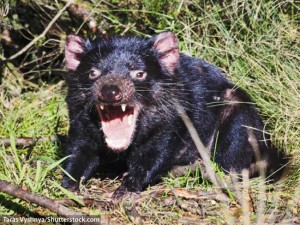
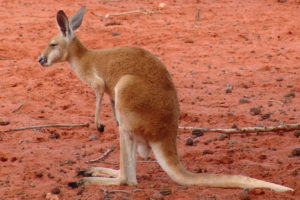
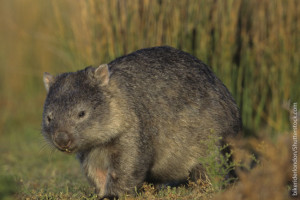
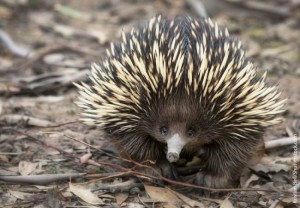
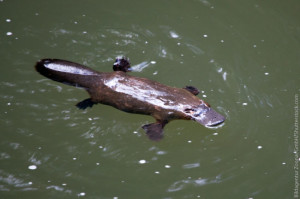
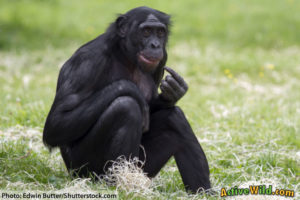
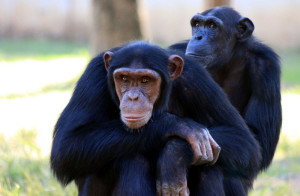
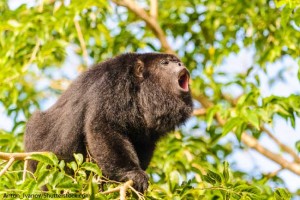
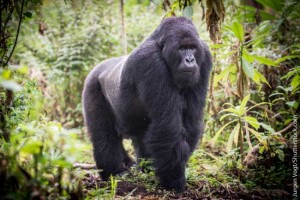
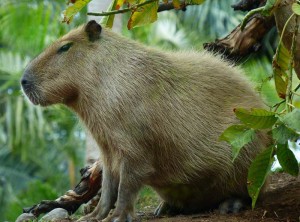
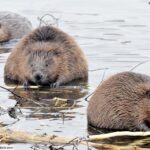
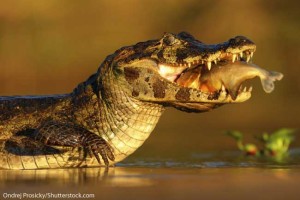
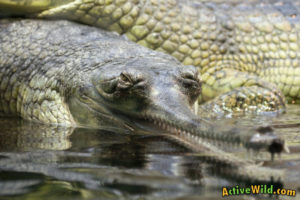
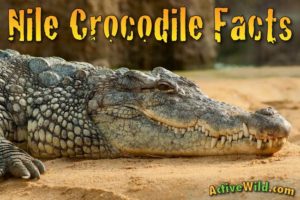
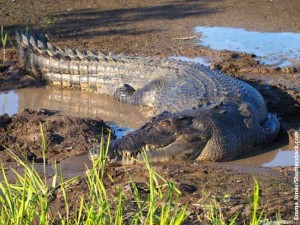
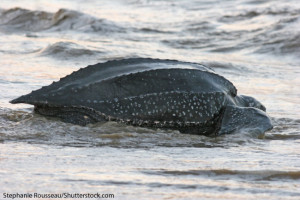
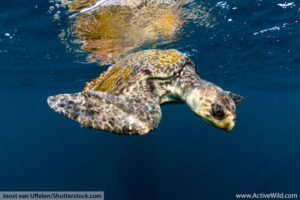
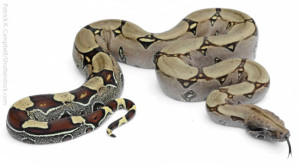
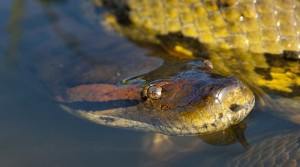
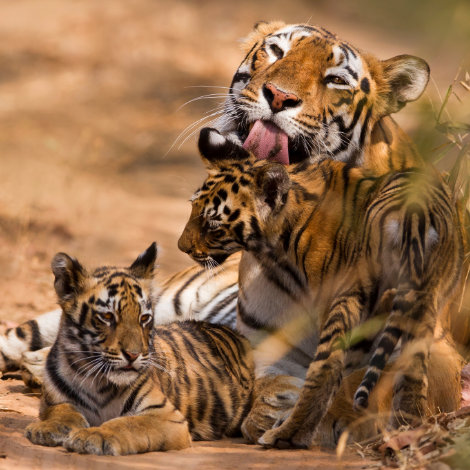
I also love giraffes
I love all big scary looking animals that most people do not like
Hi Admin! My name is Lacey Marie, age 13. I love Horses because there really smart and are really cute! I also love dolphins, cats and dogs. (I have 5 dogs) I don’t like sharks and bugs though!
i like seals and sea lions,but i HATE sharks
Hi! My name is Lacey Marie. I HATE sharks too! There scary! I also hate bugs. Do you hate bugs? I would like to know.
i really love cats like lions but really once you get to know there soft side there like house cats…
Hi Gracey,
Thank you for your comment. You’re right, big cats are similar to domestic cats in many ways. I wouldn’t want a pet lion though!
Clownfish are great but we think spiders are awesome too!
I like clownfish 🙂 I don’t like spiders 😈
What’s your favorite animal? If it’s not already in the online zoo, we’ll try to include it!
Let us know below!
The Active Wild Team
hi, Admin, I like horses, butterflies, dolphins, ladybugs because they are all beautiful
I have 3,400 favorite animals, Like the blue marlin, the savannah cat, the dying posion frog, morpho butterflies, and red and green macaws.